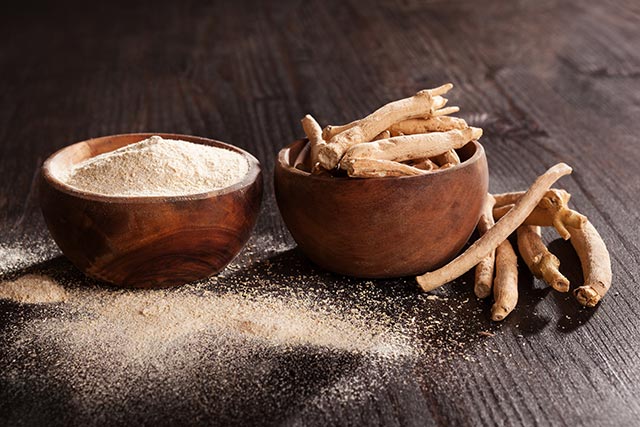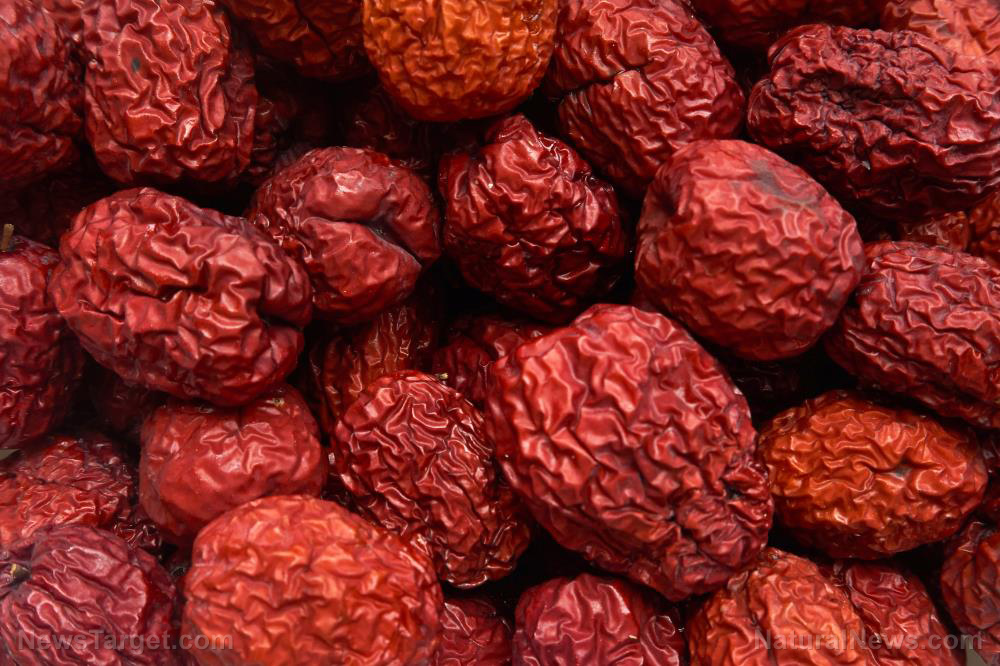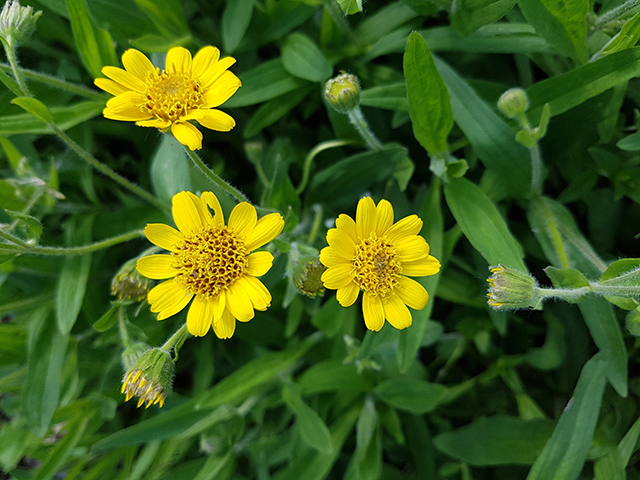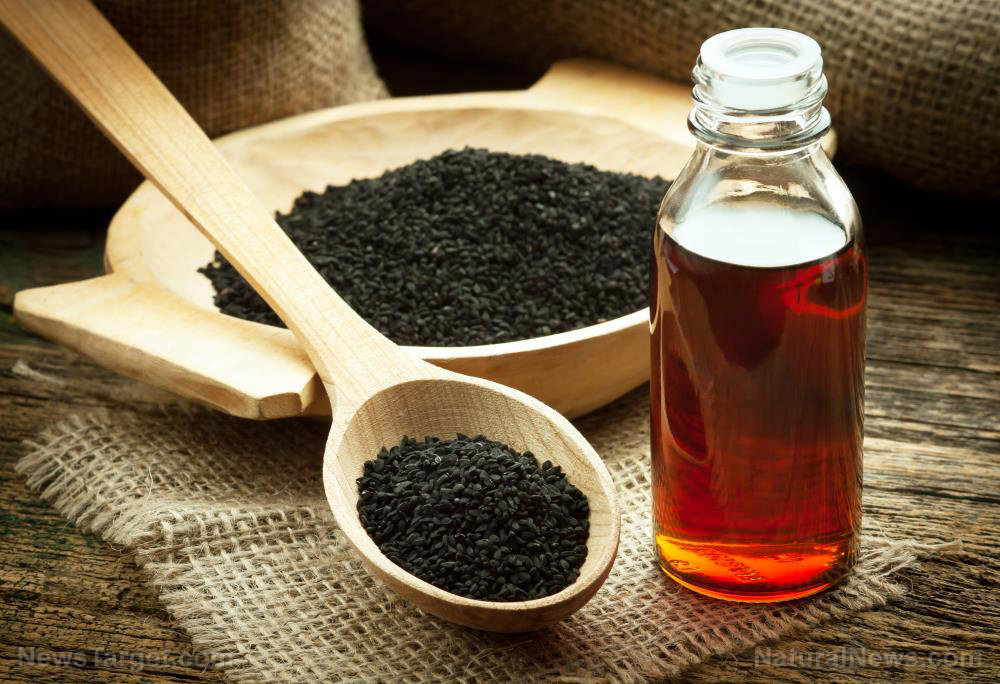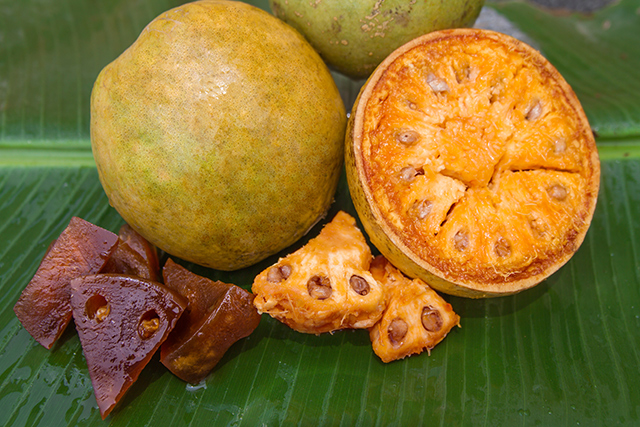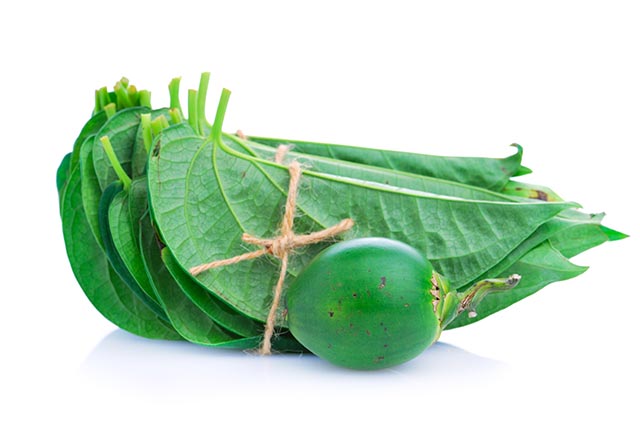The powerful therapeutic benefits of TCM herb Fang Feng
12/21/2018 / By Michelle Simmons

In traditional Chinese medicine, Fang Feng (Saposhnikoviae divaricata) has been used to treat various health conditions, including allergic rhinitis and rheumatism. A study review, which was published in the Chinese Journal of Natural Medicines, confirmed that this traditional Chinese herb is indeed an effective natural remedy for allergic rhinitis.
For the study review, a team of researchers from the Royal Melbourne Institute of Technology University (RMIT University) in Australia evaluated the phytochemical, pharmacological, and pharmacokinetic properties of Fang Feng.
In the study review, the research team looked into a collection of studies on in vitro and biochemical studies of Fang Feng. According to the research team, the discussion on the various class of chromones and coumarins in Fang Feng provides an insight to the pharmacological effects of these bioactive components as anti-inflammatory, analgesic, immunoregulatory, antioxidative, and anti-proliferative agents.
Based on the findings of the review, the research team verified the effectiveness of Fang Feng as a therapeutic medicine. This led the research team to confirm that the use of traditional Chinese medicine Fang Feng is effective in treating allergic rhinitis.
Allergic rhinitis, a very common condition characterized by the inflammation of the inside of the nose, is caused by an allergen, such as pollen, dust, mold, or flakes of skin from certain animals. Typically, this condition causes cold-like symptoms, which include sneezing, itchiness, and a blocked or a runny nose. These symptoms usually occur soon after being exposed to an allergen. Although most people with allergic rhinitis have mild symptoms that can be easily treated, some suffer from severe and persistent symptoms, resulting in sleep problems and interfering with daily life. (Related: Home Remedies for Allergic Rhinitis – 10 Must-Know Treatments.)
100% organic essential oil sets now available for your home and personal care, including Rosemary, Oregano, Eucalyptus, Tea Tree, Clary Sage and more, all 100% organic and laboratory tested for safety. A multitude of uses, from stress reduction to topical first aid. See the complete listing here, and help support this news site.
More on Fang Feng
Also known as Ledebouriella Root, Fang Feng is grown in the province of Heilongjiang in China, where it is prepared according to ancient traditions. Even though the use of this medicinal plant as a treatment for ailments like common colds and arthritis dates back to the ancient times, people continue to use this herb to treat various internal and external symptoms.
During the ancient times, the Chinese used this medicinal plant to enhance their health and to treat a number of diseases. Fang Feng was widely considered as an effective treatment for common colds. It was also used to treat symptoms such as chills, fever, and throat pain. Because colds often spread from one person to another, this medicinal plant got its name as the protector from the wind. In fact, the name Fang Feng originates from the phrase “guard against wind.”
Today, many people still use Fang Feng to enhance their health. This medicinal herb is still used to treat symptoms associated with the common cold or flu, such as chills, body aches, and headaches. In addition, it is now used by people with arthritis to treat their condition and relieve rheumatic pains. It can also be used for body spasms, such as the trembling of the hands and feet. Fang Feng can also be used to treat rashes and other skin allergies.
Like all other medicines, Fang Feng should not be used more than recommended. In most cases, the recommended dose is between three and nine grams. It is not advisable for use in people who feel weak or have anemia.
Read more news stories and studies on traditional Chinese medicines like Fang Feng by going to ChineseMedicine.news.
Sources include:
Tagged Under: allergic rhinitis, alternative medicine, Fang Feng, herbal medicine, Herbs, natural cures, natural medicine, remedies, Saposhnikoviae divaricata, TCM, traditional Chinese medicine





